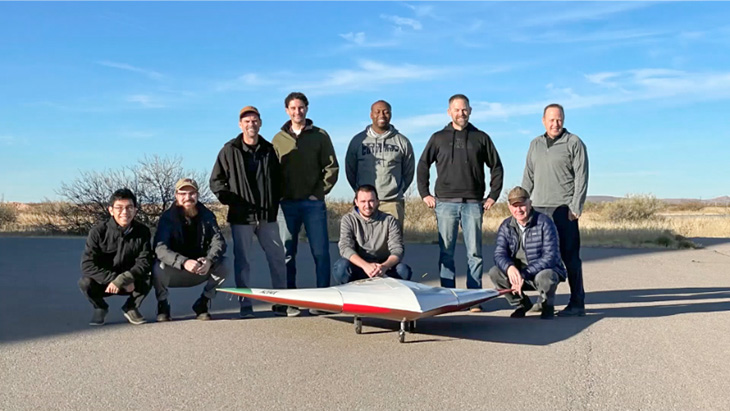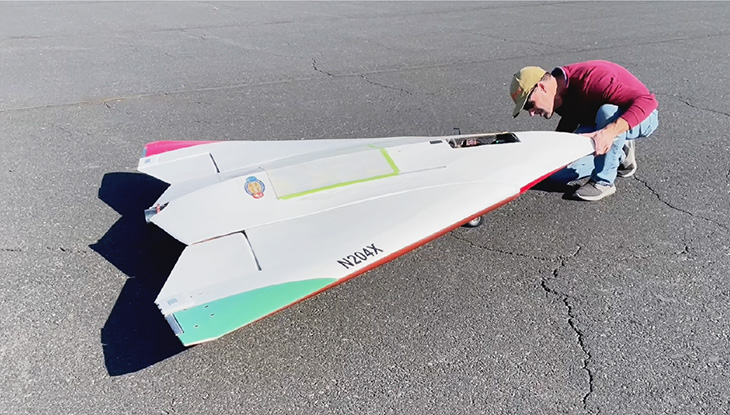
Illinois Institute of Technology Professor David Williams and his team have demonstrated the first use of a novel control method in an aircraft with no tail.
While conventional aircraft rely on protruding fins to enable steering, a tailless design makes the body as smooth and sleek as possible, making it harder to detect with radar.
Eventually, this technology could be employed to make commercial airplanes more fuel-efficient by removing existing steering parts that create a lot of drag.

This design is possible because of an innovative system, active flow control, that steers the aircraft by blowing jets of air onto different surfaces of the aircraft body that correspond to which direction the aircraft is turning.
Williams, professor of mechanical and aerospace engineering, led a team of Illinois Tech students and collaborators in the construction of the jet, which houses both conventional steering controls and a novel implementation of active flow control.
In October 2022 the group launched the jet from the Pendleton Unmanned Aircraft System (UAS) Range in Oregon for two nine-minute flights that demonstrated the success of the system.
The active flow control system actually provided more power than had been predicted from wind tunnel tests, allowing the pilot and team to test its ability to steer the jet at steep angles.